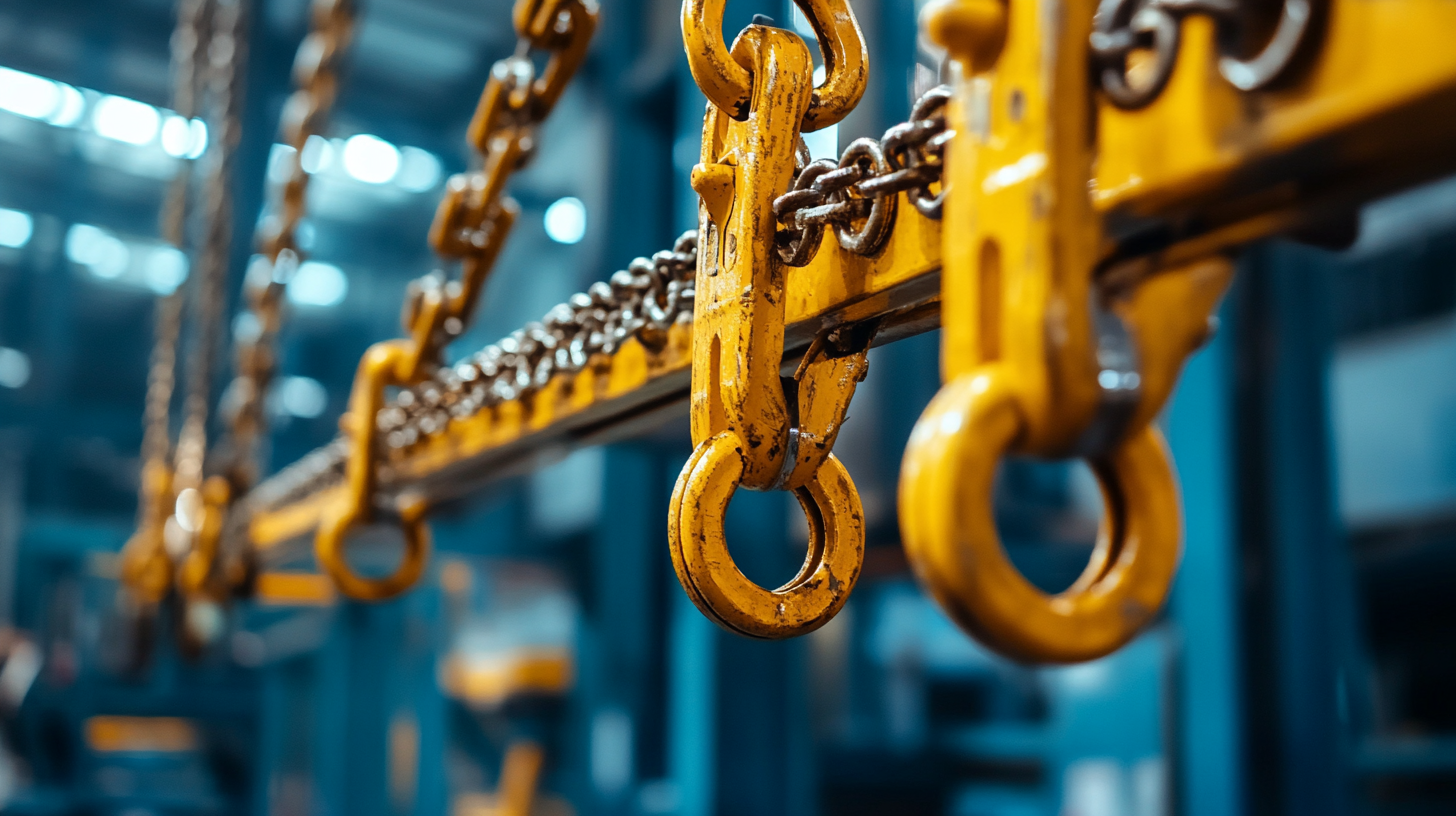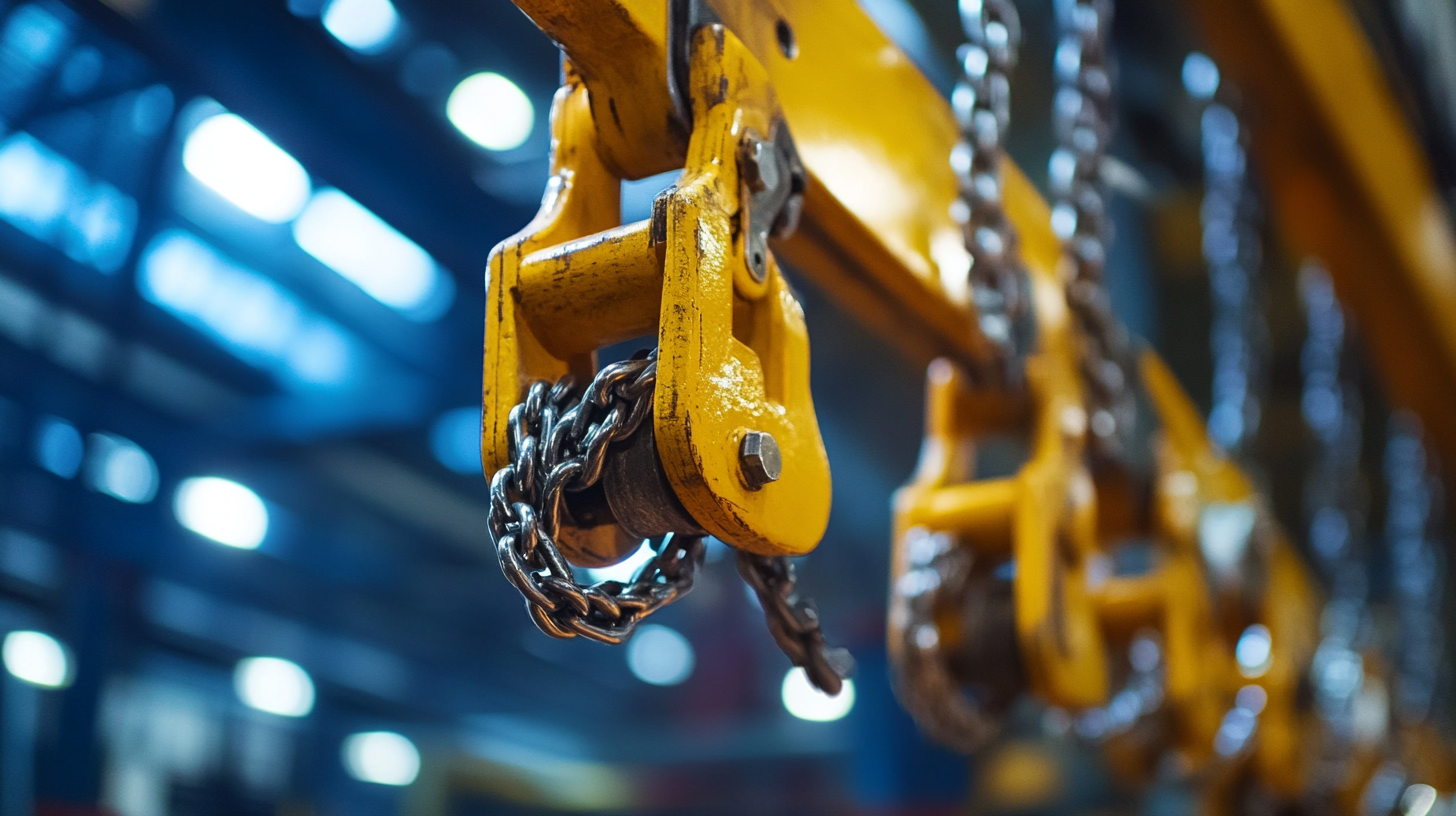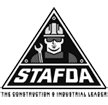
Maximize Efficiency with Lever Chain Hoists 7 Essential Maintenance Tips for Cost Savings
In today’s fast-paced industrial environment, maximizing efficiency is crucial for reducing operational costs and enhancing productivity. One of the vital tools that play a significant role in achieving this goal is the Lever Chain Hoist. Designed for heavy lifting and precise load control, Lever Chain Hoists are widely used across various sectors, from construction to manufacturing. However, like any piece of equipment, they require regular maintenance to ensure optimal performance and longevity. In this blog, we will delve into seven essential maintenance tips that can help you keep your Lever Chain Hoists in top condition. By implementing these practices, you not only enhance the safety and effectiveness of your operations but also achieve significant cost savings in the long run. Let’s explore these tips to maximize the efficiency of your Lever Chain Hoists and ensure they serve you well for years to come.

Importance of Regular Maintenance for Lever Chain Hoists to Extend Lifespan
Regular maintenance of lever chain hoists is crucial for ensuring their longevity and optimal performance. These robust tools are designed to handle heavy loads, but like any mechanical equipment, they require routine checks and servicing to function safely and efficiently. Neglecting maintenance can lead to wear and tear, ultimately resulting in costly breakdowns and replacements. By committing to a regular maintenance schedule, operators can identify potential issues before they escalate, effectively extending the lifespan of their hoists.
Incorporating essential maintenance practices, such as inspecting the chain for signs of wear, lubricating moving parts, and checking for alignment issues, not only enhances the safety of operations but also improves overall productivity. A well-maintained lever chain hoist performs better, reduces operational downtime, and minimizes repair costs. Moreover, operators can maintain compliance with safety regulations, creating a safer working environment. By prioritizing maintenance, businesses can ensure that their lever chain hoists continue to deliver reliable performance, leading to significant long-term cost savings.

Key Components of Lever Chain Hoists and Their Maintenance Requirements
When it comes to lever chain hoists, understanding the key components is essential for maintaining optimal performance and ensuring safety in operational environments. These hoists typically consist of a chain, a lever mechanism, and a load hook, each playing a crucial role in lifting and lowering heavy loads. Regular inspection of the chain for wear, ensuring the lever mechanism moves smoothly, and checking the integrity of the load hook can prevent unexpected failures. Incorporating these maintenance checks into your routine can significantly extend the lifespan of your equipment.
The lever chain hoist market is anticipated to grow steadily, with projections indicating a market size of approximately $2.28 billion by 2033. This expected growth underscores the importance of cost-saving maintenance practices for businesses utilizing these tools. By focusing on proper maintenance, such as lubricating moving parts and troubleshooting any irregularities promptly, companies can enhance operational efficiency while minimizing unexpected repair costs. Effective management and maintenance of lever chain hoists not only ensure safety but also contribute to a more sustainable and profitable business model in an increasingly competitive market.

Industry Statistics: Cost Savings Through Proper Hoist Maintenance Practices
Proper maintenance of lever chain hoists not only extends their lifespan but also leads to significant cost savings for industries that rely on them. Recent industry statistics highlight that businesses conducting regular maintenance on their hoists can reduce repair costs by up to 30%. This is largely due to early detection of potential issues, which prevents minor problems from escalating into major failures that could result in costly downtime or emergency repairs.
Furthermore, companies that implement rigorous maintenance schedules report improved operational efficiency. By keeping lever chain hoists in optimum condition, workers experience fewer interruptions during lifting operations, leading to a smoother workflow. Data suggests that organizations that prioritize hoist maintenance can see increased productivity levels, often translating to a reduction in labor costs associated with equipment failures. Investing in regular maintenance not only safeguards your equipment but also enhances overall workplace safety, a critical aspect in any industrial setting.
Cost Savings Through Proper Hoist Maintenance Practices
Understanding Load Capacity: Ensuring Safety and Efficiency in Operations
Understanding load capacity is paramount when utilizing lever chain hoists for efficient and safe operations. According to a report by the Industrial Truck Association, failing to consider load capacity can lead to one of the most common causes of workplace accidents, accounting for approximately 33% of all material handling injuries. Ensuring that operations remain within the designated load limits not only safeguards employees but also enhances productivity by preventing downtime caused by accidents or equipment failure.
Industry standards suggest that operators should strictly adhere to manufacturer recommendations regarding load capacities, typically indicated on the hoist itself. Additionally, regular inspections and maintenance are crucial. The Occupational Safety and Health Administration (OSHA) mandates that inspections be performed on hoisting equipment before each use, identifying potential weaknesses that could compromise load capacity. Research shows that companies that maintain rigorous inspection schedules experience up to a 40% reduction in repair costs, demonstrating that proactive measures can lead to significant long-term savings.
By instilling a culture of safety and diligent monitoring of load capacities, operations can not only avoid costly mistakes but also improve overall efficiency, reinforcing the importance of understanding and respecting operational limits in the workplace.
Common Mistakes in Hoist Maintenance and How to Avoid Them
When it comes to leverage chain hoists, proper maintenance is crucial for maximizing efficiency and avoiding costly errors. Common mistakes in hoist maintenance often stem from neglecting routine inspections and failing to recognize signs of wear and tear. For instance, the Chain Manufacturers Association reports that regular lubrication and inspection can extend the lifespan of hoist components by up to 30%. This simple practice not only ensures smooth operation but also helps prevent severe breakdowns that could lead to more significant expenses.
Professional mechanics emphasize that overlooking small issues, such as frayed chains or worn-out gears, can culminate in significant damages that jeopardize operations. A staggering 40% of maintenance errors are attributed to misjudgment of a hoist's condition, highlighting the need for a systematic approach to inspection and maintenance. By establishing a routine that includes thorough checks and prompt repairs, users can safeguard their equipment and enhance its performance while minimizing repair costs.
Additionally, using the correct hoist for the intended application is paramount. Misapplication not only strains the drivetrain but can lead to accelerated wear or failure. Industry studies suggest that choosing the right capacity hoist can increase efficiency by 25%, underscoring the importance of matching equipment to the task. By avoiding these common maintenance pitfalls, hoist operators can ensure their equipment remains reliable and cost-effective over time.
Common Mistakes in Hoist Maintenance
Copyright ©2024 Elephant Lifting Products | All rights reserved.
38381 N Robert Wilson Rd, Gonzales, LA 70737 USA
Toll Free: (888) 844-6113 | Phone: (225) 644-6113 | Fax: (225) 644-6695
Email: sale@floralift.org




